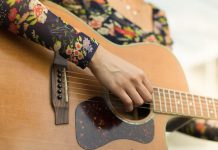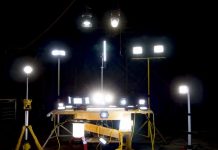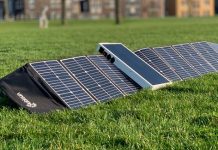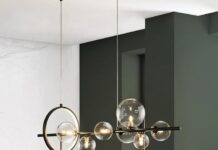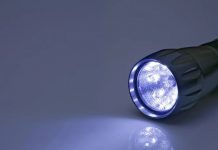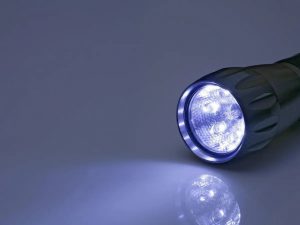
Nowadays, with the advancements in technology, we have various lighting options to choose from. Starting with indoor lightings like floor lights and chandeliers, to outdoor lightings such as spotlights and landscape lights. But there are also different types of portable lights that can be used in different situations.
Torches
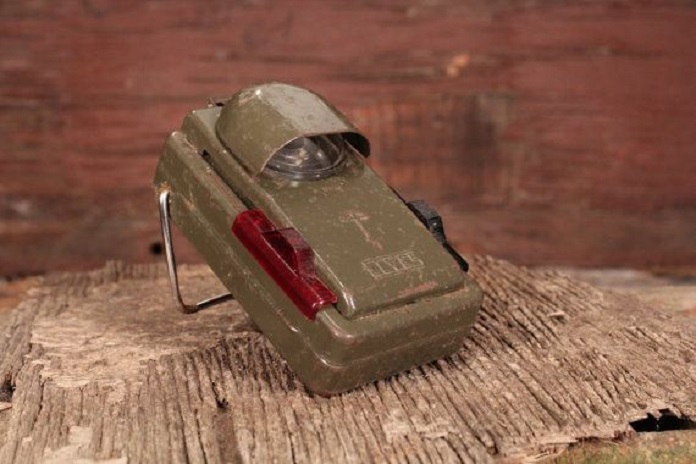
Torches were developed in 1899 by British inventor David Misell. They are portable handheld electric lamps powered by batteries that can be disposable or rechargeable. Alkaline batteries are probably the best choice because of their affordability and the ability to last up to 10 hours on one set. The light output is measured by lumens that can range between 10 for basic models and 18,000 lumens for high-specification lights. Also, many of the torches are water-resistant and can be submerged for up to 4 hours.
What’s more, torches are very useful pieces of equipment. Their size makes them easy to store and light to use. Thanks to them, you can be always prepared for any kind of emergency at home, while camping in the woods, or in any other setting. There are many torches to choose from depending on what you like.
• Pen Torch – this is a simple, compact and convenient light source. It can easily fit in your pocket, ready to be used at any moment.
• Solar Torch – this one is for the more environmentally-friendly households and businesses. There is no need to think about changing or charging the batteries, plus they can have a pretty powerful beam.
• Incandescent Torch – these torches are probably the cheapest, and if you don’t mind using D batteries or you’re not worried about dropping or breaking them, this is the right choice for you.
• Heavy-Duty Torch – this model is created for commercial or industrial usage. The heavy-duty type is often used as a military torch as it is built to withstand challenging conditions.
• LED – with no overheating, quality lighting and a short charging period, LED torches are one of the most commonly used worldwide.
• HID – HID or High-Intensity Discharge torches produce intense light, powered and boosted by ionized gas. They are on the expensive side, but this is the right tool if you need daylight illumination.
• Tactical Torch – these are used by military personnel, firefighters, and police officers. Robust, compact and rugged, this is the perfect light source to perform rescues and fight criminals.
Chemical Lights
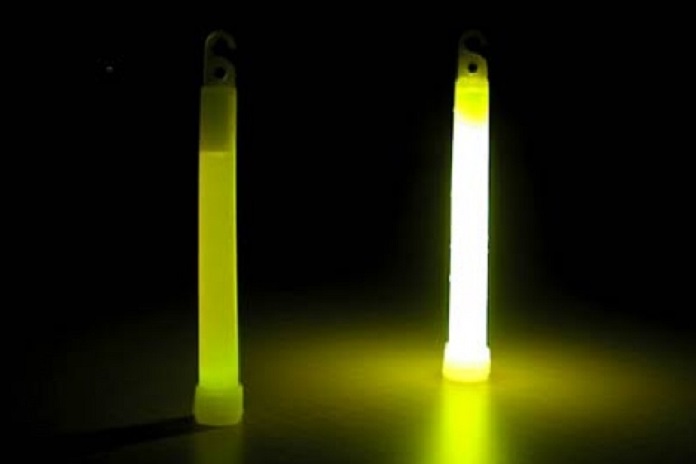
These light sticks use the energy created from a chemical reaction to produce light. This chemical reaction is set off by mixing multiple chemical compounds that are made up of atoms in different elements. The colour they produce will depend on the fluorescent dye that’s added. The reaction is activated when you bend the stick, the small tube with the activator inside breaks and the chemical solutions are mixed. This chemical light can last somewhere between a few minutes and a couple of hours, depending on the compounds.
These lights have many applications in different spheres of life and the overall industry. Mounted near the nurse’s station, they are a portable guide through the dark when emergencies such as power loss and evacuation happen. They’re placed strategically in facilities to guide people towards the exits to carry on critical activities and keep them on track. They are great for industrial buildings where emergency evacuation must be quick and efficient. The benefits of having them on boats and cruise ships are many. If disaster strikes, chemical lights combined with life vests can be a lifesaver. The military also uses them for field flashing, signalling, route marking and perimeter warning.
Other than this, they can be used in recreational activities like:
• Scuba diving;
• Camping;
• Fishing;
• Boating;
• Hiking;
• Biking.
Headlamps
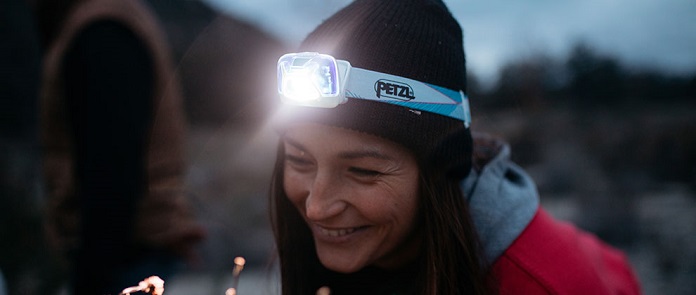
Headlamps can be very bright and efficient. Built to wear around your head so your hands can be free to do your job without interruption. There are a lot of headlamps to choose from depending on what you need them for. To get the right one, think about what you need it for. For basic uses such as walking your dog or grabbing something from the shed, a 200-300 lumen headlamp would be sufficient. If you need to look further than the front of your feet while going on marked trails, a 400-600 lumen headlamp is perfect. But if you need to navigate a forest or like to cycle at night, you need something more powerful with over 1000 lumens.
They also have a rechargeable or replaceable battery option. Don’t forget to bring your USB charger or some extra batteries in case the light goes out. Also, be careful when you use it in cold weather. Has your phone battery died in cold weather? Well, the same thing can happen with headlamps too. Purchase an external battery pack that will keep the batteries at the right temperature, plus it can easily fit in your jacket pocket. It’s recommended to buy a waterproof headlight in case of rains or floods.
Right Angle Flashlight
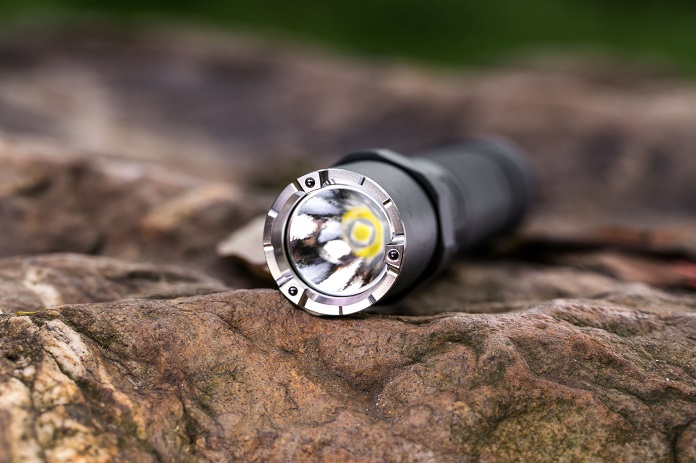
This type of torch was first used in WW2, and the thing that made it different was the tilting head that moved at the right angle. Even today, it still is an important part of military equipment worldwide. It works the same way as a regular flashlight, but here you have the opportunity to clip it on your pocket or clothes while you work or use the magnet to stick it to a certain surface. The 90-degree angle allows you to place it on a flat surface and direct the light wherever you want, keeping your hands free.
This flashlight is considered to be the most ergonomic of them all. Because of the right angle, you don’t have to twist or turn your hand to get the light at the right place. The durable design makes them suitable for usage in hard weather conditions. When you want to read a map, look down in a hole or check if there is someone in the trees, this is the suitable flashlight for you.

